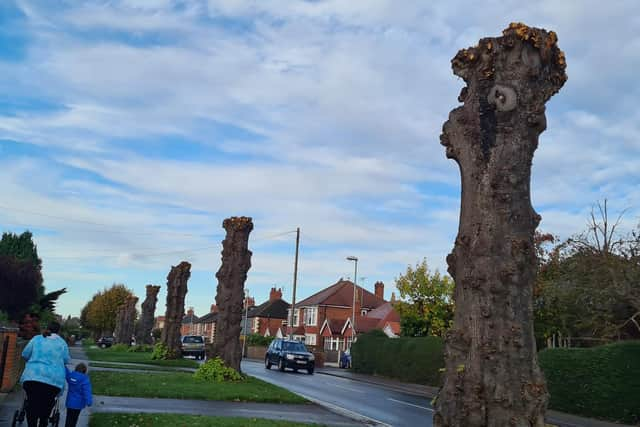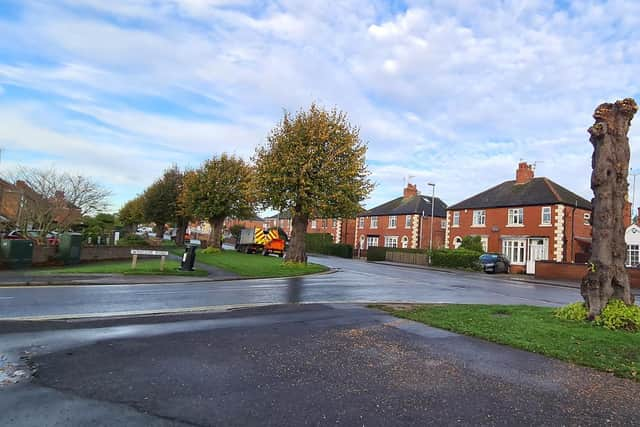This is why trees have been cut back to 'mere stumps' in village near Worksop
and live on Freeview channel 276
The intense pruning of a row of lime trees in Long Lane, Carlton-in-Lindrick, has left residents wondering one question - why?
One resident said the trees now look like ‘a mess’.
He said: “The row of lime trees are as old as the ones on Lime Tree Avenue in Clumber Park, and they’re now being trimmed down to mere stumps.


Advertisement
Advertisement
"They said the trees are across the phone line. Well, there were no phone lines here when those things were planted. They're just chopping them up.”
People took to Twitter to share their views, with one user saying: “I just don't understand the need to do it.
“They basically look ridiculous for a while and then grow back and look a different sort of ridiculous, and because they've chopped the top, they bush out at ground level.”
Another user said: “It looks brutal, but they'll come back ok.”


Advertisement
Advertisement
The county council’s head of highways and transport, Gary Wood said: “Trees on Long Lane, in Carlton in Lindrick are maintained through pollarding every five years and have been included in this year’s programme.
“Pollarding is a pruning method developed to create a predetermined tree size suitable for the environment the tree is growing in, ensuring that they remain safe for highway users.
“The process is normally carried out between September and February when the tree lies dormant and is only carried out to trees that can tolerate this type of maintenance.
“Trees on Long Lane have been maintained this way for over 10 years.”
